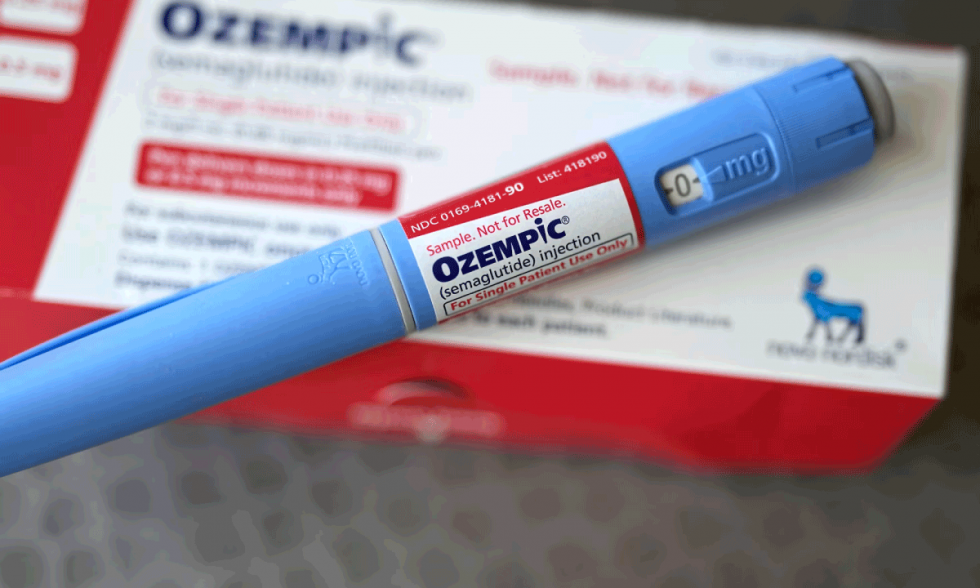Latin America creates REFSA to modernise national health fund governance and close the region’s public-health financing gap
Representatives from Brazil, Chile, Colombia, Mexico, Peru, Uruguay and eleven Caribbean nations gathered in Washington on April 4 2025 to formalise the Regional Network of National Health Funds, known by its Spanish acronym REFSA. The initiative, facilitated by the Pan American Health Organization, turns two years of bilateral exchanges into a permanent space for technical cooperation on the management, allocation and monitoring of public health resources.
National health funds sit at the centre of each country’s fiscal effort for healthcare. They receive treasury transfers, earmarked taxes and external loans, then channel those resources to hospitals, insurers and community programmes. Yet their procedures differ widely, making regional benchmarking difficult and slowing the uptake of digital oversight tools. By pooling expertise in budgeting, procurement and expenditure tracking, REFSA intends to standardise key indicators, publish comparative data and create public goods such as open-source dashboard templates that any member can adapt.
The network arrives just as fiscal space for health shows signs of erosion. PAHO estimates that average public spending in the Americas is only three point seven percent of GDP, far below the six-percent benchmark its Member States endorsed as a condition for universal coverage. A separate factsheet notes that more than a third of total health financing still comes directly from households at the point of care, a share almost double the OECD average of nineteen percent. Out-of-pocket payments above thirty five percent in at least nine countries pose a recognised barrier to equitable access and expose families to catastrophic expenses.
REFSA’s founding charter outlines four workstreams for 2025. The first will map existing budget and accounting platforms to identify quick wins in interoperability. The second will develop a common set of performance metrics covering execution speed, administrative overhead, arrears and provider payment times. A third workstream will design training modules on digital procurement, data analytics and fraud detection. Finally, the network will seek financing partnerships with the Inter-American Development Bank and the World Bank to pilot cloud-based ledger systems that can reconcile treasury disbursements with real-time invoices from hospitals and pharmacies.
Digital transformation figures prominently. Brazil’s National Health Fund will share its blockchain prototype for medicine traceability, which uses unique codes on each vial and scans at every stage of distribution. Colombia and Chile plan to offer their experience with patient-level electronic billing systems that cut payment cycles from weeks to days. By circulating source code and implementation guides through REFSA’s virtual platform, smaller economies can leapfrog manual processes without starting from zero.
Improved governance is expected to unlock new investment. Development banks increasingly attach conditionalities related to transparency and results based budgeting; REFSA’s pooled indicators give lenders a regional benchmark and reduce due-diligence costs. Countries that meet agreed thresholds for on-time execution and public disclosure could receive preferential loan terms or grants for health-system upgrades. At the same time, uniform data help suppliers plan production and tender pricing, fostering economies of scale that lower procurement costs.
Stronger oversight also addresses a political economy challenge: public scepticism about whether extra taxes lead to better services. Evidence from Brazil shows that digitising payment workflows shaved two weeks off average settlement times and saved fifteen million dollars in bank fees during the first year. REFSA aims to replicate such gains region-wide, signalling to finance ministries that better management, not only higher allocations, can stretch scarce resources.
Nonetheless, hurdles remain. Several health funds operate on outdated software or fragmented spreadsheets, and few have staff trained in data engineering. Cybersecurity risks rise as systems move online, requiring protocols that smaller islands or low-income members may find costly. To mitigate these gaps, the charter designates PAHO as technical secretariat, responsible for coordinating donor support, publishing guidance on secure architectures and organising peer-to-peer mentorship.
Observers also point to the need for legal reforms. Some countries still lack provisions authorising electronic signatures or digital invoices, complicating cross-border procurement pools. Harmonising legislation will take time, but REFSA can generate evidence for lawmakers by piloting limited-scope sandboxes and documenting savings.
Over the next twelve months the steering committee will meet quarterly to review progress. Milestones include publishing the first regional dashboard by November 2025, launching a MOOC on health-fund analytics in English and Spanish, and securing at least three joint procurement agreements for high-cost medicines. Success on these fronts could accelerate momentum toward the six-percent GDP spending goal by demonstrating that every additional dollar is traceable and effective.
In the longer run, REFSA may inspire global counterparts. Health-finance experts in Africa and Southeast Asia already use PAHO case studies in training curricula, and the World Health Organization is exploring a similar network model for pooled purchasing in low-resource settings. Latin America thus positions itself not only as a beneficiary of international assistance but as an exporter of innovation in public-health financial management.
The establishment of the Regional Network of National Health Funds marks a strategic pivot from ad-hoc cooperation to structured, measurable collaboration. If the initiative succeeds in cutting waste, improving digital oversight and raising public confidence, it can help shift the narrative from health as a cost to health as an investment that delivers social and economic returns. For a region still grappling with pandemic aftershocks, rising chronic-disease burdens and widening fiscal constraints, that shift could be as valuable as any new hospital or technology.
Source: Pan American Health Organization
Related Articles
Todos los derechos reservados




Comentarios